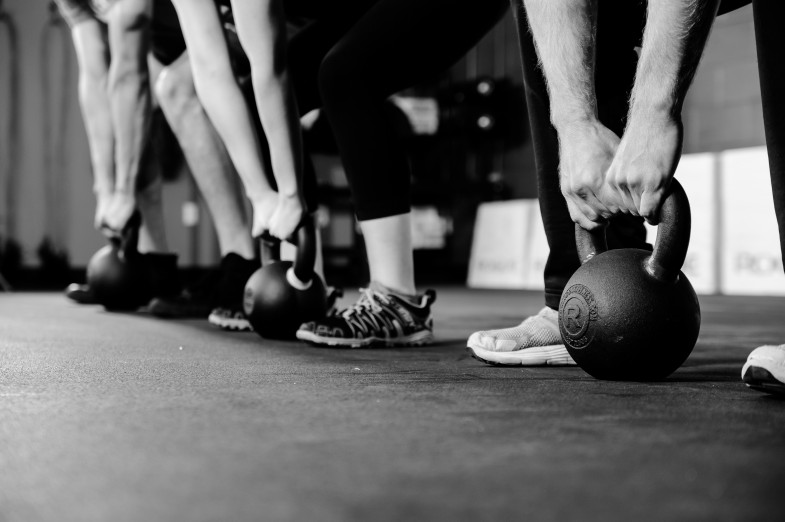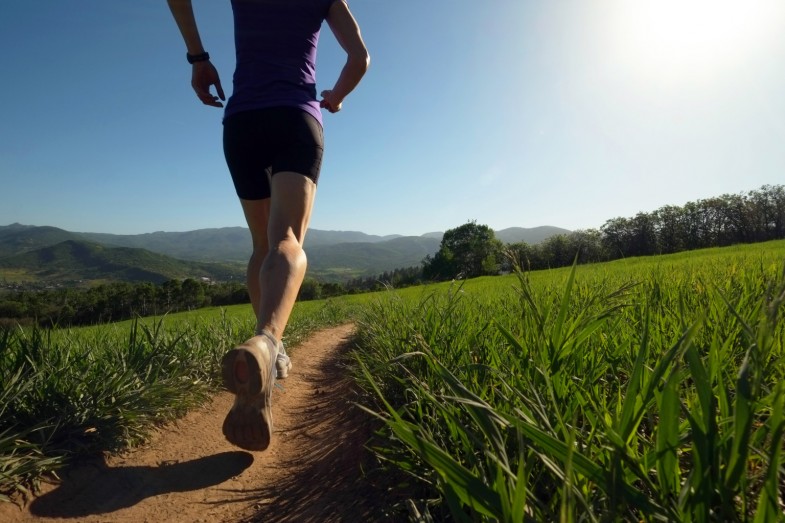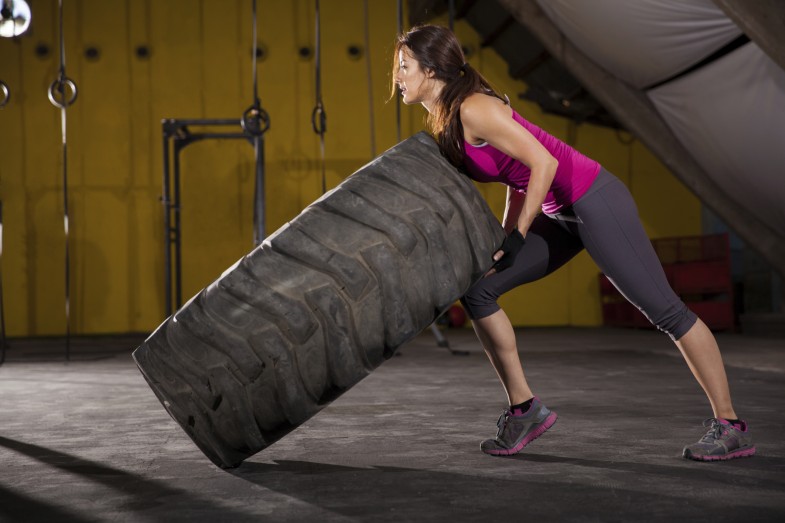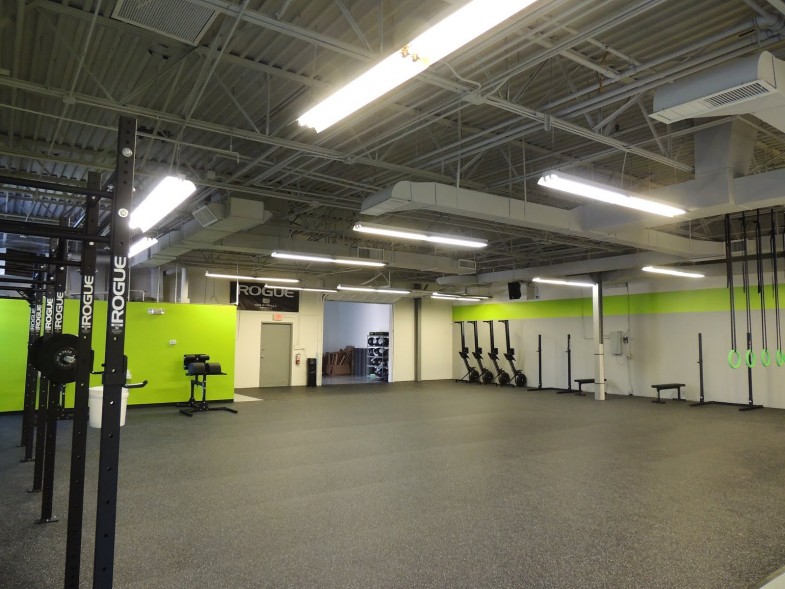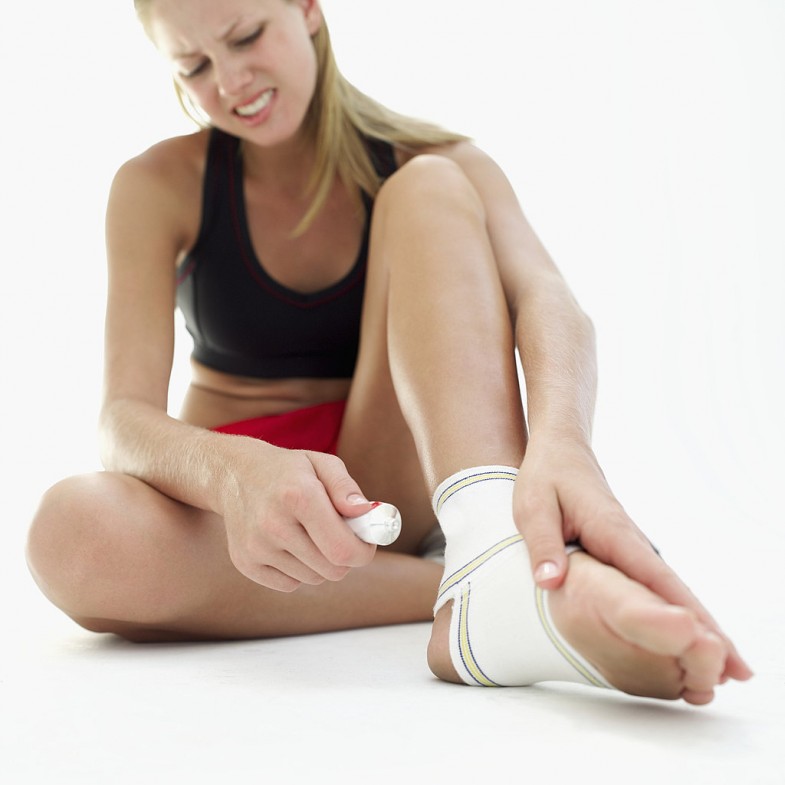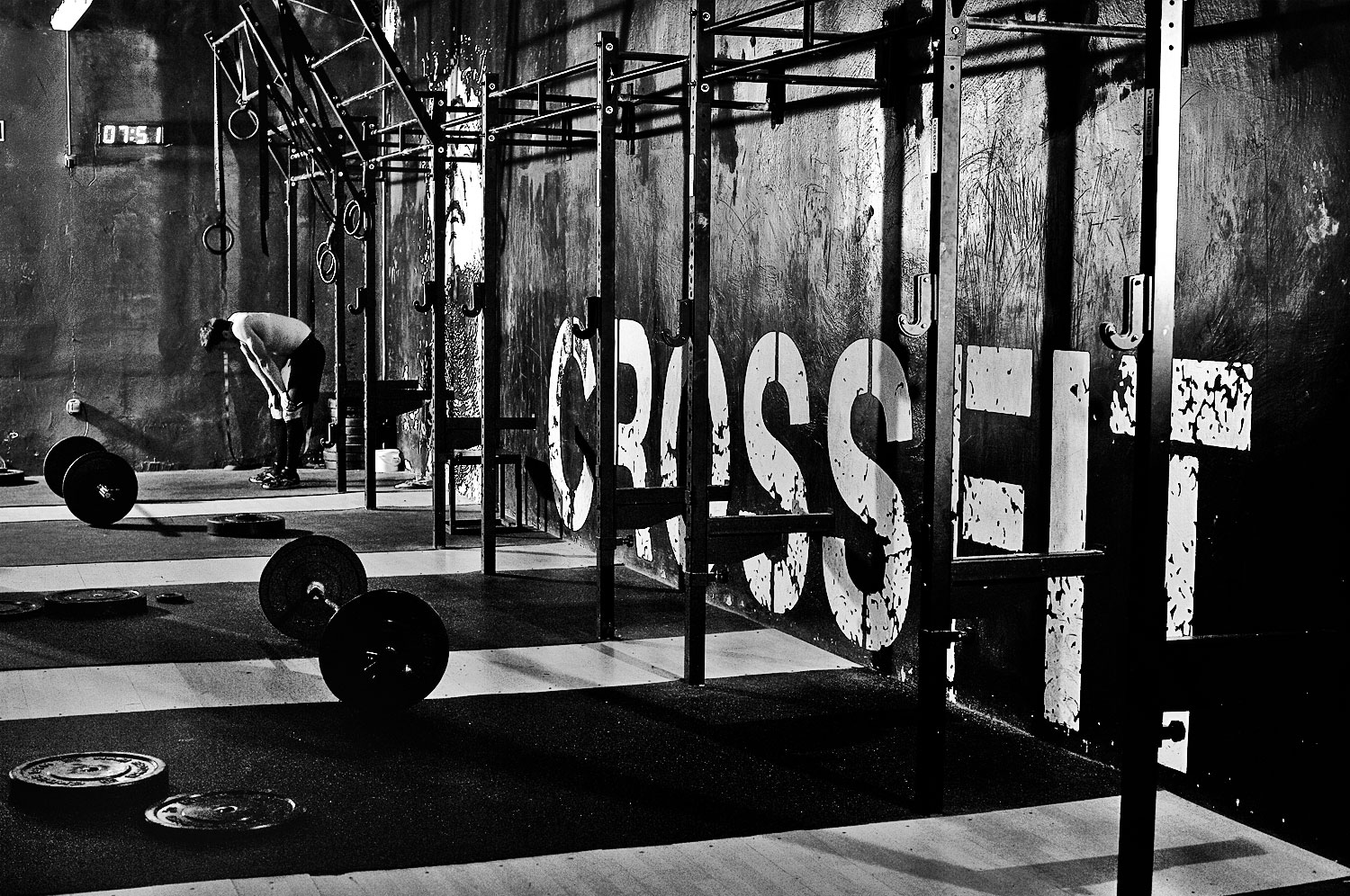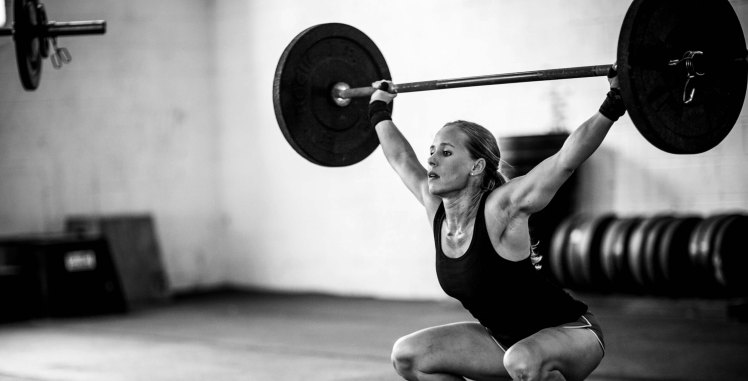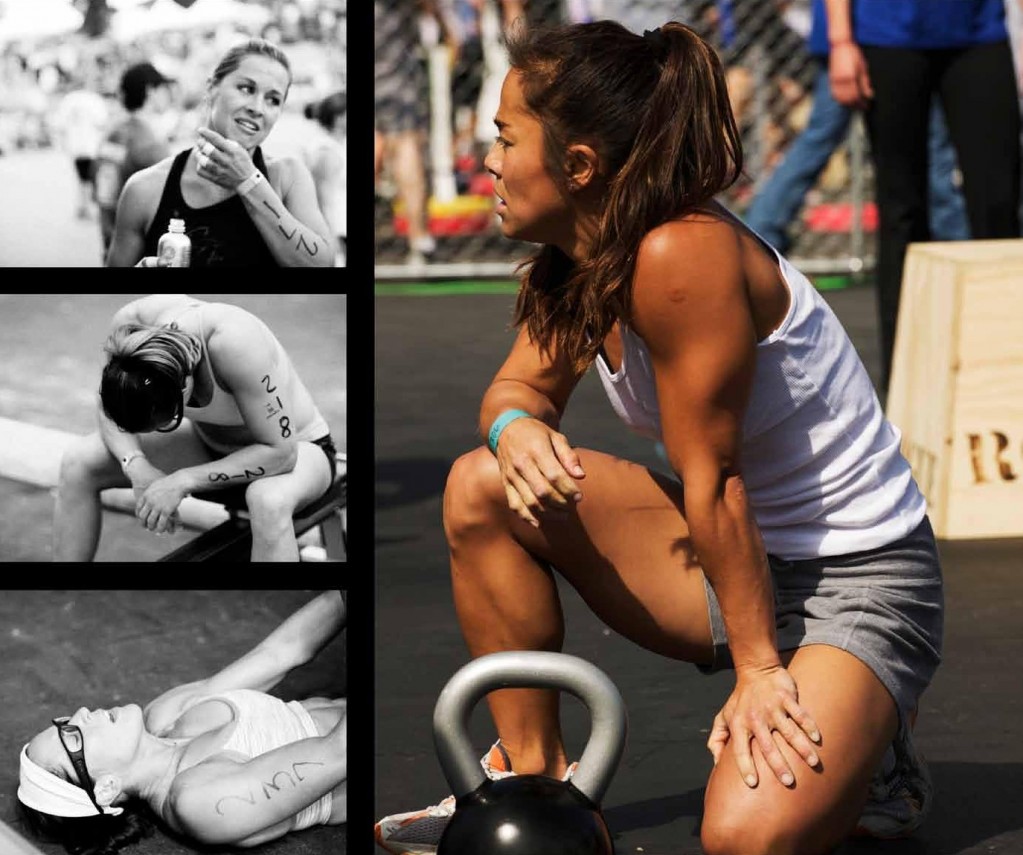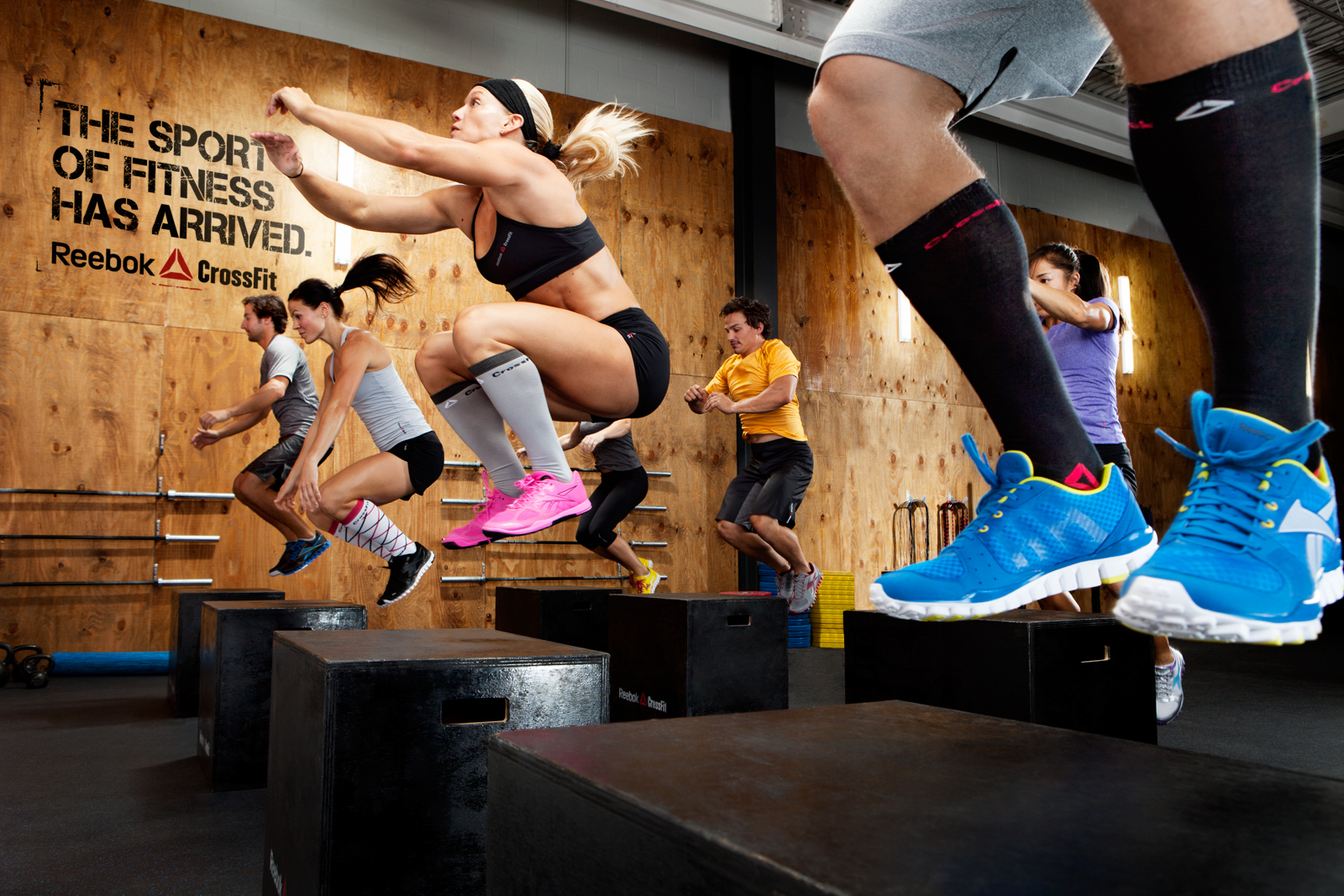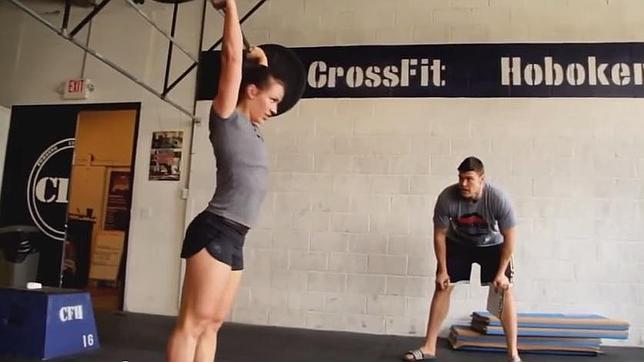Source: rupertreviews.com
If you’re a runner, chances are that you will love CrossFit too. The fitness training program is all about basic exercises involving body resistance, gymnastics, aerobics, weight lifting, and other high-intensity moves. Learn why you might want to skip today’s run and head to the nearest CrossFit box.
The Problem with Running
Since running is a linear, repetitive movement that involves mostly your legs, it can cause an imbalance in the rest of the body, which can lead to injury now or down the road. Solely running also leads to workout plateaus, so when the muscles become used to the demands placed on it, a runner needs to run farther or faster in order to maintain her level of fitness.Runners think that their legs are strong, and they are strong at that one movement pattern. But life is more than just that one movement pattern.
Why CrossFit Is a Good Complement to Running
CrossFit exercises involve your whole body rather than isolated muscle groups, which strengthens from head to toes and makes you a better runner. CrossFit combines power lifting, strength training, and gymnastic training, all of which benefit the fast-twitch muscles used for sprinting and slow-twitch muscles used for long distance.
Working your entire body will also help you lose overall body fat, which may increase endurance and speed and also help you maintain proper form during runs and therefore avoid injury.
Another benefit? CrossFit helps prevent those dreaded workout plateaus so you’ll actually be excited to work out. CrossFit forces you to do things you would have never done before and to push yourself in a way that you thought you had pushed yourself.
3 Ways To Eliminate Stubborn Female Body Fat
Tips for Getting Started
Don’t just jump into a new CrossFit program, however. Trainers warn that you’ll be super sore when you start, so it’s probably not a great idea to sign up when you’re training for a race. Definitely listen to your body, but stick with it—don’t miss a class on account of being too sore. Good programs will go easy on the muscle groups that were worked hard the day before, and getting your heart rate up can ease soreness.Find a reputable facility and sign up for the on-ramp (sometimes called foundations or fundamentals) program so you can master the basic exercises. It’s a comfortable and safe way to learn the movement patterns so you can stay injury-free. You’ll also learn beginner versions of certain moves; for example, if you’ve never done a pull-up, they’ll show you how you can do one using a box and a band. Then you can jump right into regular classes, modifying exercises as you need to. Some gyms offer endurance programs or private instruction, so if you have a specific running goal, they can help you achieve it.
Science PROVES it is possible to get skinny in JUST 6 Minutes a day
How to Prevent Injury
Pull-ups, handstand pushups, and pistols (one-legged squats) are pretty intense exercises, so if you want to avoid a CrossFit injury, pay attention to your fundamentals and make sure you’re using the proper form. Don’t do an exercise unless you understand the movements, and when you’re ready to make an exercise harder, only change one aspect at a time such as speed, weight amount, or number of reps. Some 60-minute classes include warmup and stretching afterward, so if yours doesn’t, be sure to take some time before and after to fit them in.
Turn Your Body Into A Fat Burning Machine
How Often Should Runners Do CrossFit?
If running is your focus, use CrossFit as a supplement and do it as often as it fits into your workout schedule, about two to three times a week. You can increase sessions in your off-season when you’re not training for a race. Don’t overdo it, however,Taxing your muscles without rest days is a surefire way to injure yourself.
Drop up to 20 lbs off your belly in only 3 weeks using this weird trick.
Should Runners Eat Strictly Whole-Foods?
To increase performance and build muscle, many CrossFitters follow a whole foods diet, which excludes any packaged or processed foods. We’re talking consuming mostly meats, fruits, vegetables, nuts, and seeds. While eating close to nature and ditching artificial or overly processed foods is healthy, a runner doing long workouts needs carbs for energy.

